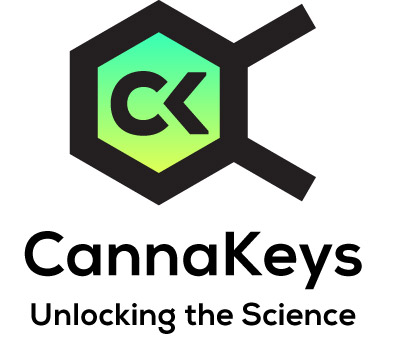
PharmD Question: Is endocannabinoid tone (ET) a stand-alone component of the ECS?
Uwe’s Answer: Typically, ET is defined as the overall state of endocannabinoid activity within the body, encompassing the balance and interaction of endocannabinoid production, receptor activation, and degradation. Based on this general definition, it makes sense to argue that ET is a consequence or reflection of the other three components. However, I have come to look at the three components as individual notes that create a chord with independent qualities. As such, I would argue that ET is a stand-alone component of the classical endocannabinoid system (ECS). Here are four reasons why:
- Adaptive Flexibility
Unlike the fixed nature of receptors, endocannabinoids, and metabolizing enzymes, ET exhibits adaptive flexibility. It dynamically adjusts the levels of endocannabinoids and receptor activity in response to external stimuli and internal needs. This adaptability is critical for responding to varying physiological demands and environmental changes, making it an independent and essential system component.
- Homeostatic Regulation
ET’s role in maintaining homeostasis is crucial. It ensures that the ECS can adapt to changes and stressors, fine-tuning physiological functions to maintain internal stability. This regulatory capacity goes beyond the static presence of receptors, endocannabinoids, and enzymes, highlighting its independent and overarching role.
- Integration of Systemic Feedback
ET integrates feedback from various physiological systems, ensuring coordinated responses to maintain balance. This integrative function is distinct from the isolated actions of individual receptors or enzymes. It involves complex feedback loops and crosstalk with other signaling systems, emphasizing its role as a central regulatory mechanism.
- Clinical Implications
Viewing ET as an independent component has significant clinical implications. It allows for a more nuanced understanding of ECS dysfunctions and their impact on health. Therapeutic strategies targeting ET, such as modulating enzyme activity or receptor sensitivity, can offer more comprehensive and effective treatments for conditions like chronic pain, anxiety, and inflammation.
For more information on endocannabinoid tone, click here.
Disclaimers: the information in this email and the information contained in the embedded links/site is provided for informational purposes only and is not meant to substitute for the advice provided by your own physician or other medical professional. You should not use the information contained herein for diagnosing a health problem or disease. If using a product, you should read carefully all product packaging. If you have or suspect that you have a medical problem, promptly contact your health care provider.
Information on this site is based on scientific studies (human, animal, or in vitro), clinical experience, or traditional usage as cited in each article. The results reported may not necessarily occur in all individuals. For many of the conditions discussed, treatment with prescription or over-the-counter medication is also available. Consult your physician, nutritionally oriented health care practitioner, and/or pharmacist for any health problem and before using any supplements or before making any changes in prescribed medications.

